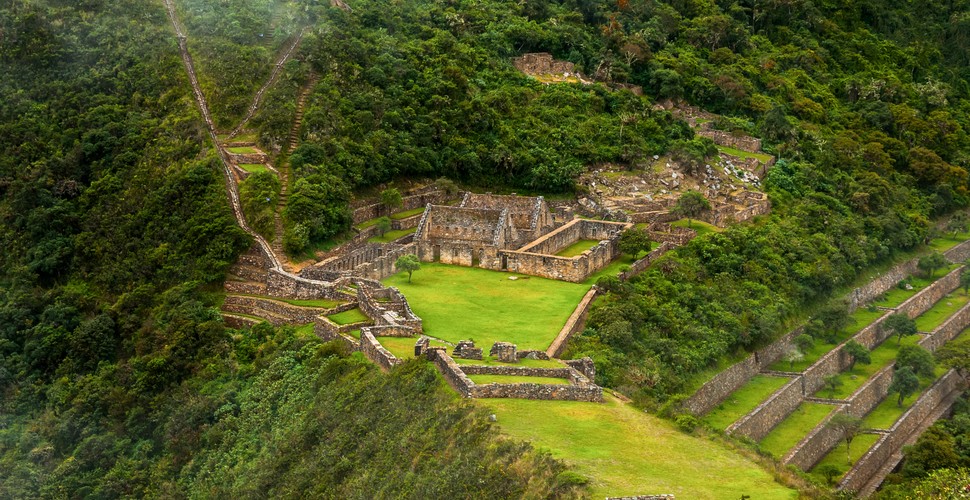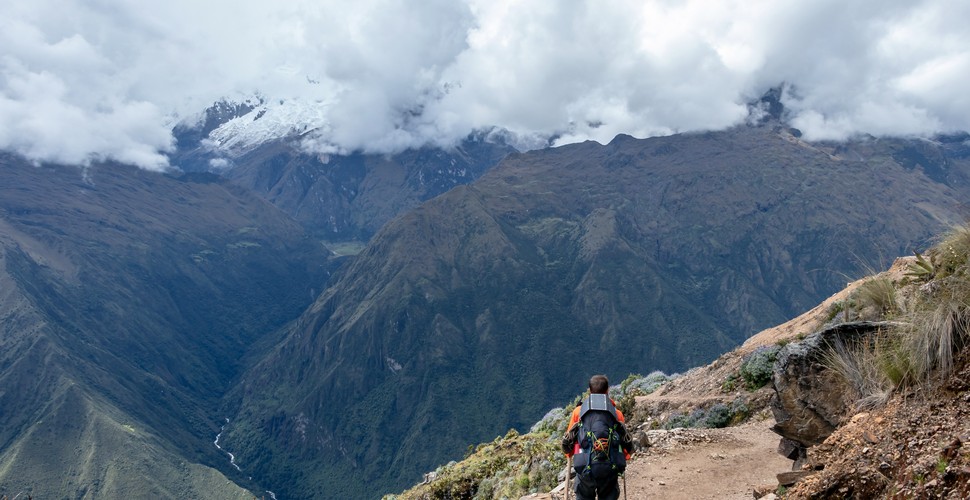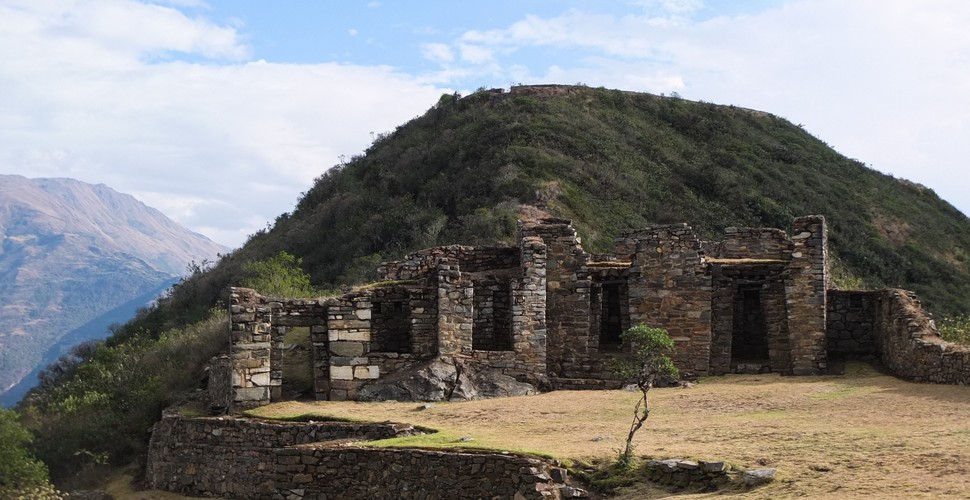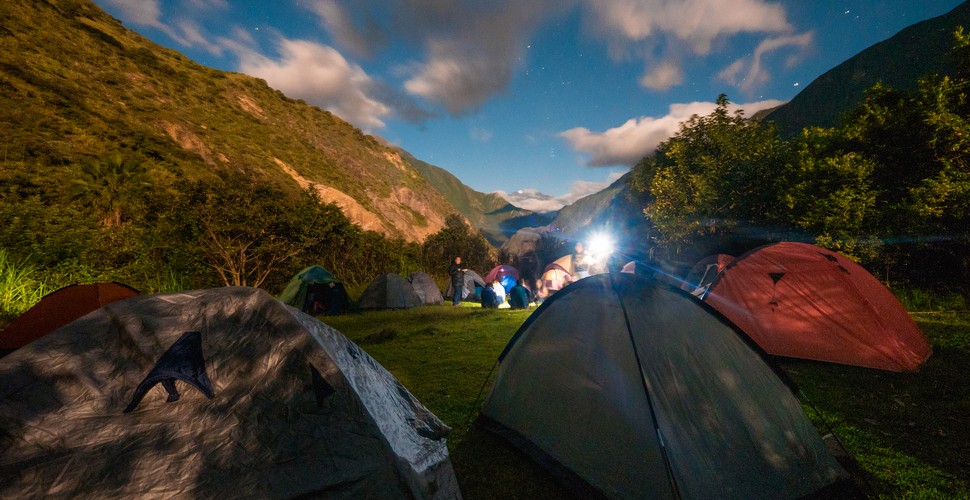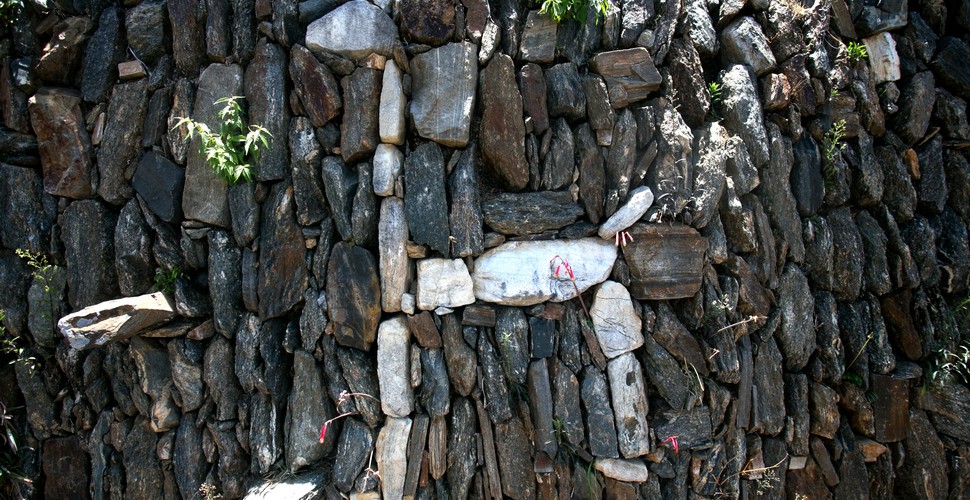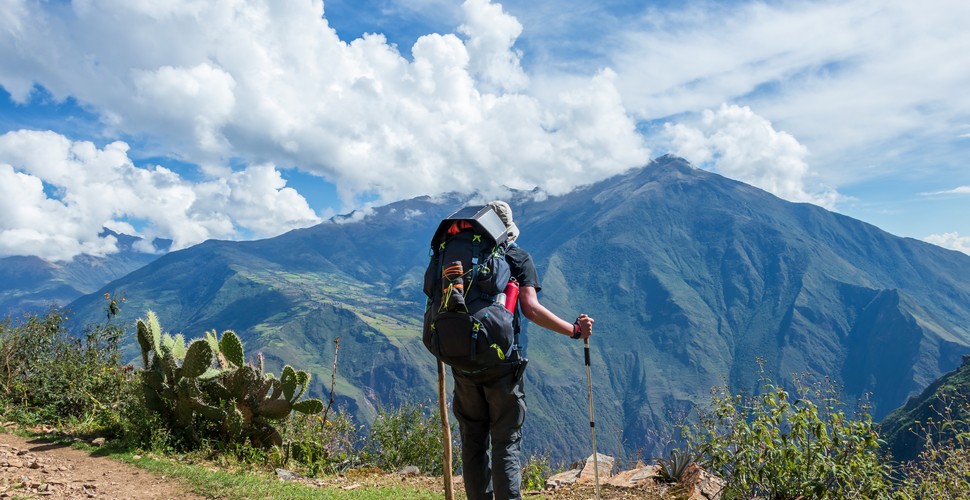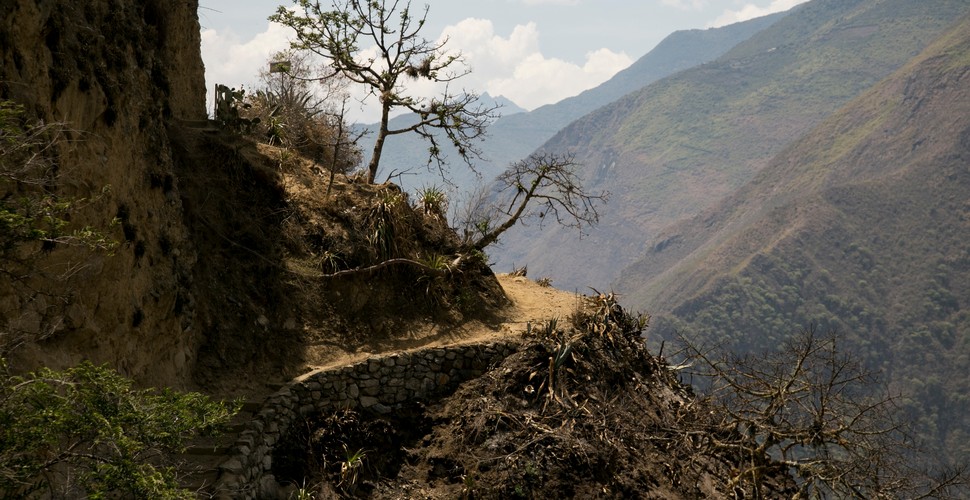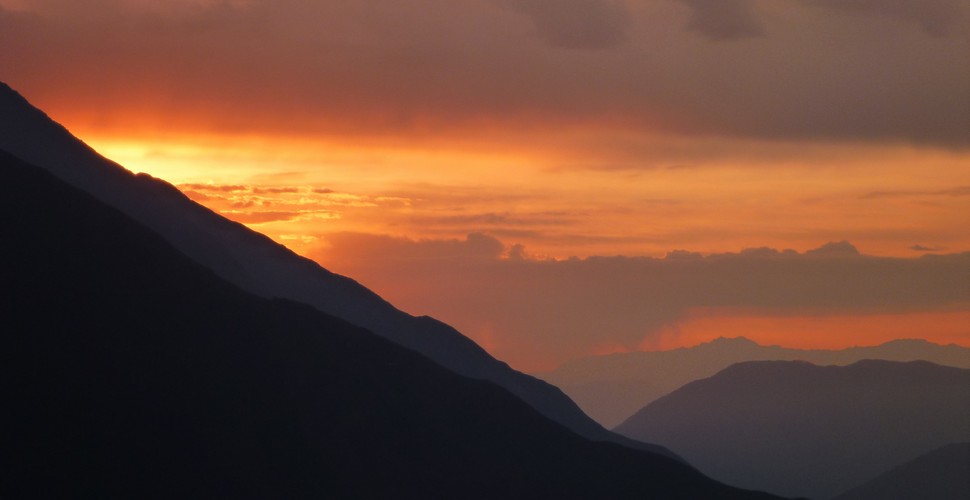

Claire Dean
Travel in South America is a joy to behold. The rich variety of destinations, experiences, landscapes and geography fascinated me so much, that I chose to relocate here, over 20 years ago! The best thing I ever did! Allow me to share my knowledge and passion for Central and South America with you and help you plan your holiday of a lifetime!

The 4-day Choquequirao trek
Written by:Claire Dean
Last Update: 2025-01-05
Nestled in the mountains high above the Apurímac River, the ruins of Choquequirao are some of the most unique and fascinating Incan ruins in Peru. Practically unheard of until just several years ago, Choquequirao, in many ways, resembles its sister site of Machu Picchu. Choquequirao literally translates to "Cradle of Gold" when translated from Quechua, the original Inca language, which is the perfect name, since the Choquequirao ruins are one of Peru's final hidden gems. This impressive Archaeological Site sees less than 15 visitors a day, meaning that the Choquequirao Inca Ruins have fewer visitors a year than the UNESCO World Heritage Site of Machu Picchu sees in a day or two! Read on for some more valuable information about the incredible 4-day Choquequirao trek.
Choquequirao Archaeological Site
What to Expect
The site’s incredible architecture, clinging to the mountainside and featuring extensive terracing, is remarkably similar to that of Machu Picchu. Choquequirao´s awe-inspiring views and mountain vistas also give it a feel that is eerily similar to Machu Picchu. The altitude at Choquequirao is found at 3,033 meters, meaning that the site’s elevation adds to the physical difficulty of reaching it. At this elevation, Choquequirao is higher than Machu Picchu but lower than Cusco City. You’ll feel the elevation getting here, and it makes the four-day round-trip hike a challenging one even if you’re physically fit. Make sure to take it slow, and spend time acclimating to the altitude before your Choquequirao trek if your itinerary allows for it. Come prepared with coca leaves and altitude acclimatization pills if you’re concerned about the altitude.
View from Choquequirao
History of Choquequirao
While Choquequirao first welcomed outsiders in the 1700s, it wasn’t until the 1970s that archaeologists began their work at this remote site and began to get a better idea about the nature and scope of these magnificent ruins. Much remains to be discovered about the archaeological site of Choquequirao, and while archaeologists have plenty of theories about the site, much is still unknown. Historians believe that Choquequirao was built around the same time as Machu Picchu and even potentially by the same artisans. Due to its location, it is thought to have served as a checkpoint and administrative center near Vilcabamba, the new Inca state constructed after the arrival of the conquistadores by exiled Inca king Manco Inca Yupanqui. It was likely abandoned in the late 1500s after the kidnapping and murder of the last Incan king and the final collapse of the Inca empire.
Main Plaza of Choquequirao
Choquequirao Today
The uncovered Choquequirao ruins currently cover about 1,800 hectares of land, though only an estimated 30-40% of the entire site has been excavated and discovered. The complete site is an estimated 3 times larger than Machu Picchu! With more buildings, terraces, and treasures that remain shrouded by vegetation, just waiting to be uncovered. Highlights of the archaeological site include countless terraces, multiple temples and altars, an advanced irrigation system, and a large central plaza with stunningly intact buildings that make for an impressive and spectacular arrival to the complex. Choquequirao is divided into 12 distinct districts, which demonstrate the advanced urban planning that went into creating this site. With only just a few groups of trekkers arriving via the Choquequirao hike each day, you’ll get to enjoy this awe-inspiring archaeological site almost to yourself. Exploring the ruins freely with your trekking guide is an absolutely fascinating and unforgettable experience, the likes of which you won’t find on any other Peru trek.
Marampata Campsite
The Remarkable Llama Terraces
One mind-blowing unique detail of the Choquequirao ruins is the presence of the Choquequirao llama terraces, composed of special white quartzite stone wedged into the stone walls of the terraces. Only just uncovered in 2002, these 22 unique llamas cover the entire height of the terraces, followed by the figure of a single llama herder. It’s a beautiful work of art totally unique among similar Inca ruins. While seeing the llamas firsthand can be a challenge, as the terraces are high and quite steep to get to, it’s a totally unique aspect of the Choquequirao site yet well worth the effort!
Llama Terraces
This 4-day Trek
The classic Choquequirao trek to the ruins is a four-day-long in-and-out trek originating from Cachora, a tiny town in the province of Apurímac. If you’re picturing Choquequirao’s trailhead as a version of Aguas Calientes, you’re wrong! Cachora is a sleepy village, with just a few basic accommodations, stores, and restaurants catering to trekkers, including a limited few places for grabbing some last-minute supplies. Day one of the Choquequirao trek consists mostly of hiking downhill, towards the Apurímac River. You will continue across the river and begin the ascent to Santa Rosa, where we will set up camp for the evening. On day two, you’ll finally make your arrival at the Choquequirao ruins! On day 2, we will wake up early in the morning to have as much time as possible to enjoy the ruins. We will head up a steep grade until reaching the tiny town of Marampata. Just after departing Marampata, you’ll get your first glimpses of the terracing that surrounds Choquequirao. The journey is much flatter from here, and after arriving at the Choquequirao campsite we will set up your tent and then head straight to the ruins to explore! The final two days of the trek are like the first two days in reverse. Wake up early to explore Choquequirao even more, including the llama terraces and any of the viewpoints around the site for incredible vistas of the mountains and ruins. Technically, you can spend as long as you like at the Choquequirao archaeological park, even choosing to take a full day to explore the ruins and an extra night to camp at the campground. This will just add time to the trek overall, though you’ll certainly have a blast exploring the almost-empty site in its entirety.
Enjoy Spectacular Views
The Choquequirao Cable Car
The Peruvian government is in the initial stages of working to bring a cable car system to Choquequirao, making the site accessible for travelers who cannot complete the arduous Choquequirao trek or don’t wish to. While the completion of a cable car system from Cachora is still years away, the prospect of the cable car has evoked significant debate. Proponents see the major benefit of such a cable car as opening the relatively unknown Choquequirao to the world, bringing much-needed jobs and tourism dollars to the area. The existence of a cable car system doesn’t mean that trekking to Choquequirao would change but it would mean more visitors at the ruins when you arrive. However, the cable car system is also a cause for concern, as conservationists and archaeologists worry that significant tourism could damage or destroy the site. Hikers who have made the trek express how special it feels to arrive where so few others do, and warn that adding a cable car would take away this special quality from Choquequirao. So, cutting a long story short, NOW is the best time to hike the Choquequirao trail!
Choquequirao Trail
Despite the similarities of the ruins to Machu Picchu, visiting Choquequirao couldn’t be a more distinct experience. Wandering practically empty ruins must feel like visiting Machu Picchu felt decades ago before it became the bucket list destination it is today. Find out more here if you are interested in hiking the Choquequirao trek with Valencia Travel!
Choquequirao Sunset


